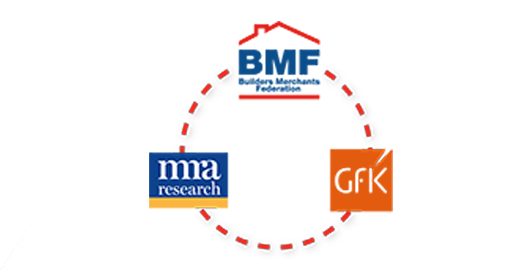Heatrae Sadia comment: Q3 2018
Paul Rivett, Managing Director Heatrae Sadia is BMBI’s Expert for Water Heating.
The third quarter continued to be a challenge for the water heating market overall affected by the prolonged hot summer. Trading across the water heating product sector was at the same level as the previous two quarters, but third quarter performance improved after a slow start in July.
The market for domestic cylinders slowed, going negative in September when compared to September last year. However, bathroom installations and new private housing demand was comparable with 2017, so there should be sufficient momentum to keep the market going over the coming months.
Water heating sales continued in line with last year. Boiling and chilled water dispensers for commercial applications should grow as their benefits become better recognised. For instance, pressure to eradicate single-use plastics is resulting in initiatives to install point-of-use water dispensers instead of bottled water.
Electric space heating also showed growth, as ageing gas boilers are replaced with electric equivalents. This is driven by the stricter regulations associated with inspection hatch requirements for gas boiler flues in flats and apartments: it is easier and less costly to replace the gas boiler with an electric equivalent. Running costs can also be lower than expected if the right electricity tariff is used.
While there will continue to be a sizable UK gas boiler market, the trend – driven by legislation – is towards greater use of low carbon solutions such as air source heat pumps, heating interface units (HIU’s) and central plant heating sources. In many cases the use of hot water storage is also required with these low carbon solutions. This means a positive future for domestic and commercial hot water storage cylinders. In fact, the Greater London Authority (GLA) has recently published guidance that any new planning applications from January 2019 should be based on lower grid electricity carbon values from SAP10. This will ultimately be implemented in the rest of the country through Building Regulation Part L. The drive to a sustainable low carbon future is well underway.



